Per gli appassionati di sport invernali, riuscire a fare curve con gli sci paralleli è un segno di padronanza dello sci. Che tu stia passando dalle curve a spazzaneve o voglia perfezionare la tua tecnica, padroneggiare lo sci parallelo può sbloccare un nuovo livello di sicurezza e divertimento sulle piste. In questa guida completa, suddivideremo il processo in semplici passaggi pratici per aiutare sciatori di tutti i livelli a riuscire. Inoltre, esploreremo come alternative innovative come Snowfeet* possano ampliare il tuo divertimento invernale.
Introduzione: Perché lo Sci Parallelo è Importante
Lo sci parallelo non serve solo a fare bella figura sulle piste - è fondamentale per un controllo migliore, transizioni più fluide e affrontare terreni più impegnativi. Questa abilità colma il divario tra tecniche da principiante e manovre avanzate, dandoti la libertà di esplorare piste più ripide con facilità. Che tu sia un giovane adulto che si avvicina allo sport o uno sciatore esperto che vuole affinare le proprie capacità, questa guida ti offrirà preziose informazioni su misura per te.
Passo 1: Parti da una Base Solida
Prima di tentare le curve parallele, è essenziale sentirsi a proprio agio con le curve a spazzaneve. Assicurati che gli sci non siano troppo distanti e che tu abbia un controllo di base sulle curve più piccole. Esercitati su piste dolci e tranquille dove puoi concentrarti senza distrazioni. Una solida base nelle curve a spazzaneve preparerà il terreno per una transizione fluida allo sci parallelo.
Consiglio da Pro: Scegli il Terreno Giusto
Scegli una pista che non sia né troppo ripida né troppo piatta. Una pendenza dolce ti permette di acquisire fiducia mantenendo il controllo della velocità.
Passo 2: Fai Curve Più Ampie
Inizia allargando gradualmente le tue curve. Immagina una forma a "C" morbida mentre intagli la pista. Questo arco più ampio non solo ti aiuta a controllare la velocità, ma ti prepara anche a una transizione più fluida verso le curve parallele.
Focus Chiave: Mantieniti Equilibrato
Mantieni il corpo centrato sopra gli sci. L'equilibrio è fondamentale, soprattutto quando inizi a prendere velocità. Immagina le tue gambe come ammortizzatori, che si flettono e si ammorbidiscono per assorbire la pressione alla fine di ogni curva.
Passo 3: Sposta il Peso sullo Sci Esterno
Man mano che progredisci, concentrati sullo spostare il peso sullo sci esterno (in discesa) durante ogni curva. Questa tecnica, che prevede di assorbire più pressione con la gamba esterna, ti darà maggiore controllo e stabilità. Inizia a percepire questa pressione prima nella curva per anticipare meglio i tuoi movimenti.
Perché è Importante
Questo spostamento del peso non solo rende le curve più fluide, ma ti prepara anche a tecniche avanzate man mano che acquisisci più sicurezza nello sci parallelo.
Passo 4: Pratica l'Esercizio del Fiocco di Farfalla
Prima di passare alle curve parallele, pratica un esercizio semplice ma efficace per affinare il controllo: l'esercizio del fiocco di farfalla.
- Senza gli sci, usa gli scarponi per disegnare forme a fiocco di farfalla nella neve ruotando il tallone e la punta avanti e indietro.
- Successivamente, ripeti l'esercizio con gli sci ai piedi. Concentrati nel mantenere gli sci piatti sulla neve e nel ruotare i piedi mantenendo l'equilibrio.
Questo esercizio insegna la coordinazione necessaria per appiattire e ruotare gli sci, una competenza essenziale per lo sci parallelo.
Passo 5: Avvicina gli Sci
Ora che hai praticato il controllo degli sci, è il momento di concentrarti sul restringere la posizione dello spazzaneve e avvicinare gli sci. Una posizione più stretta aiuta con l'equilibrio e assicura che gli sci rimangano piatti, facilitando la curva.
Evita Questo Errore Comune:
Mantenere il tuo spazzaneve troppo largo può causare angoli di spigolo eccessivi, rendendo quasi impossibile ruotare gli sci. Punta a una posizione più stretta per mantenere il controllo dei tuoi movimenti.
Passo 6: Transizione alle Curve Parallele
A questo punto, sei pronto per passare gradualmente alle curve parallele. Verso la fine di ogni curva, concentrati sull'appiattire lo sci interno facendo rotolare il ginocchio sopra le dita dei piedi. Questo movimento facilita la rotazione degli sci in parallelo lungo la discesa.
La Coordinazione è la Chiave
Questa fase richiede una combinazione di equilibrio, tempismo e memoria muscolare. Sii paziente - spesso è il passo più difficile, ma con la pratica diventa naturale.
Passo 7: Curve Parallele dall'Inizio alla Fine
Una volta che hai imparato a portare gli sci in parallelo alla fine di una curva, la sfida successiva è mantenere gli sci paralleli per tutta la durata della curva. Per riuscirci, appiattisci entrambi gli sci simultaneamente mentre transiti tra una curva e l'altra.
Affrontare il Fattore Paura
Una delle sfide più grandi qui è proiettare il corpo lungo la discesa per iniziare la curva. Questo può sembrare innaturale e persino intimidatorio. Per superarlo, immagina il tuo ombelico che punta verso il basso lungo la discesa nella direzione in cui vuoi andare. Un atteggiamento positivo e proiettato in avanti è fondamentale.
Consiglio Avanzato: Aggiungi una Piantata del Bastoncino
Una volta che scii con sicurezza in parallelo, incorporare una piantata del bastoncino può affinare ulteriormente la tua tecnica. Un rapido movimento del polso per piantare il bastoncino aiuta con il tempismo, il ritmo e la dimensione della curva, rendendo il tuo sci più fluido ed efficiente.
Nota Importante:
Mantieni il movimento sottile. Piantate di bastoncini troppo drammatiche possono compromettere l'equilibrio e interrompere il ritmo.
Come Snowfeet* può completare il tuo percorso sciistico

Per gli sciatori avventurosi che vogliono provare qualcosa di nuovo, Snowfeet* offre un'alternativa leggera e compatta agli sci tradizionali. Questi mini sci-skate si fissano agli scarponi da neve, permettendoti di scivolare giù per le piste o esplorare sentieri innevati in modo divertente e unico. Snowfeet* sono facili da imparare, rendendoli un'ottima opzione sia per principianti che per sciatori esperti che cercano versatilità e innovazione. Che tu stia praticando curve su pendii dolci o mettendo alla prova la tua agilità, Snowfeet* offrono una nuova prospettiva sugli sport invernali.
Punti chiave
- Padronanza delle basi: Inizia con curve a spazzaneve sicure su terreni dolci prima di progredire.
- Concentrati sull'equilibrio: Sposta il peso sullo sci esterno e usa le gambe come ammortizzatori.
- Pratica esercizi: Usa l'esercizio del fiocco per perfezionare la coordinazione e il controllo degli sci.
- Transizione graduale: Restringi la posizione e appiattisci lo sci interno alla fine delle curve per ottenere una posizione parallela.
- Affronta la paura: Supera l'esitazione proiettando il corpo verso il basso della pista e mantenendo una mentalità positiva.
- Affina con le piantate dei bastoncini: Aggiungi ritmo e stabilità al tuo sci con piantate precise dei bastoncini.
- Esplora alternative: Abbraccia l'innovazione con Snowfeet* per un modo compatto e divertente di goderti la neve.
Conclusione
Padroneggiare lo sci parallelo è un viaggio gratificante che apre la porta a tecniche più avanzate e a una maggiore fiducia sulle piste. Seguendo questi passaggi e praticando regolarmente, presto ti ritroverai a scivolare senza sforzo giù per la montagna. E per chi cerca di variare, Snowfeet* offre un modo entusiasmante per godersi la neve con un tocco moderno. Ricorda, il progresso richiede tempo, quindi sii paziente e goditi il viaggio - sia sugli sci che oltre!
Fonte: "How to Ski | 7 Steps to Parallel Turns" - Stomp It Tutorials, YouTube, 13 dic 2018 - https://www.youtube.com/watch?v=tyB7Wu_aCq8
Uso: Incorporato come riferimento. Brevi citazioni usate per commenti/recensioni.






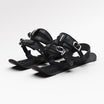
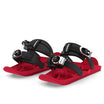
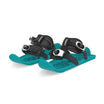

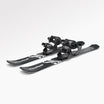

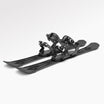
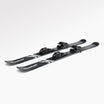






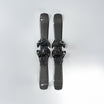
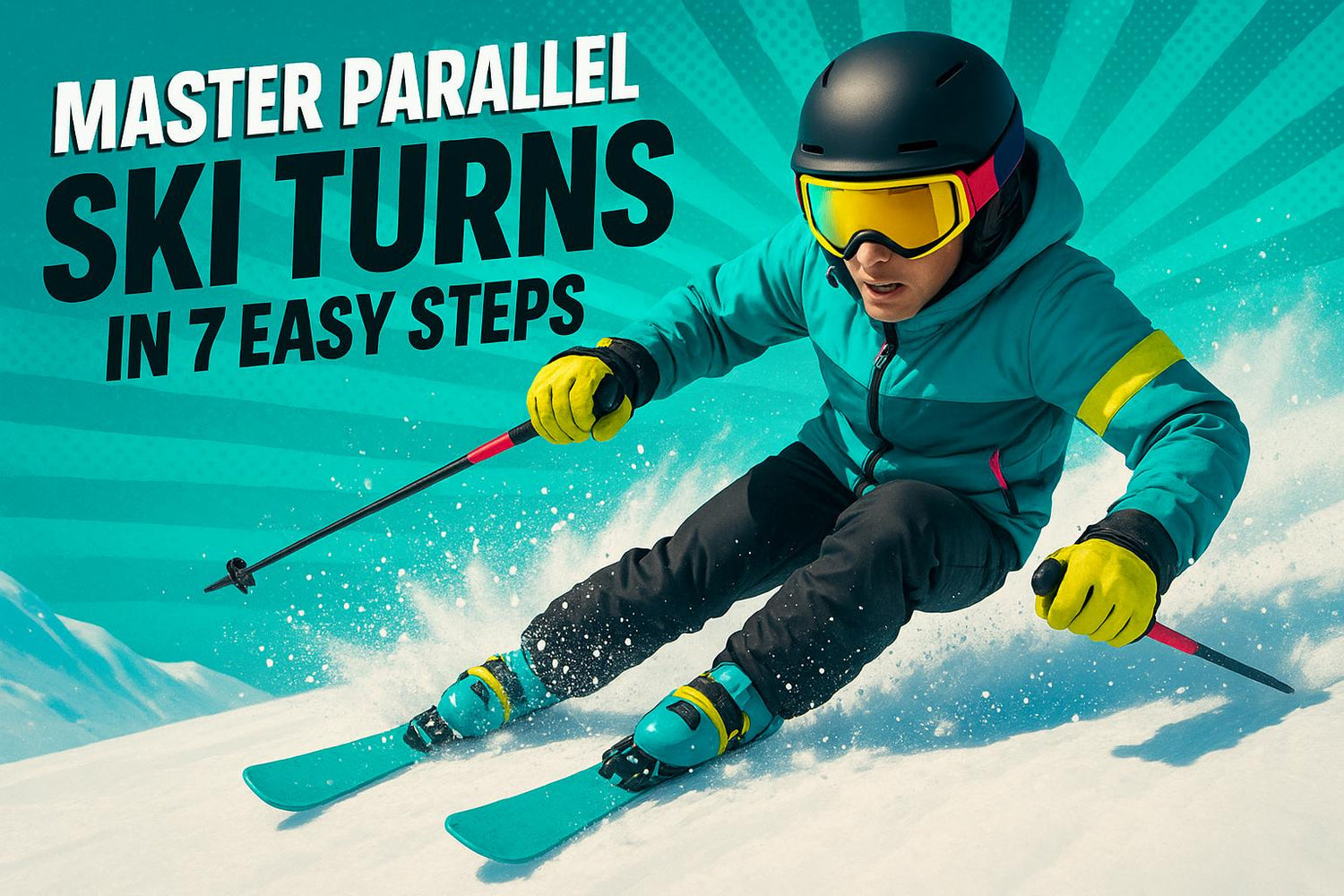
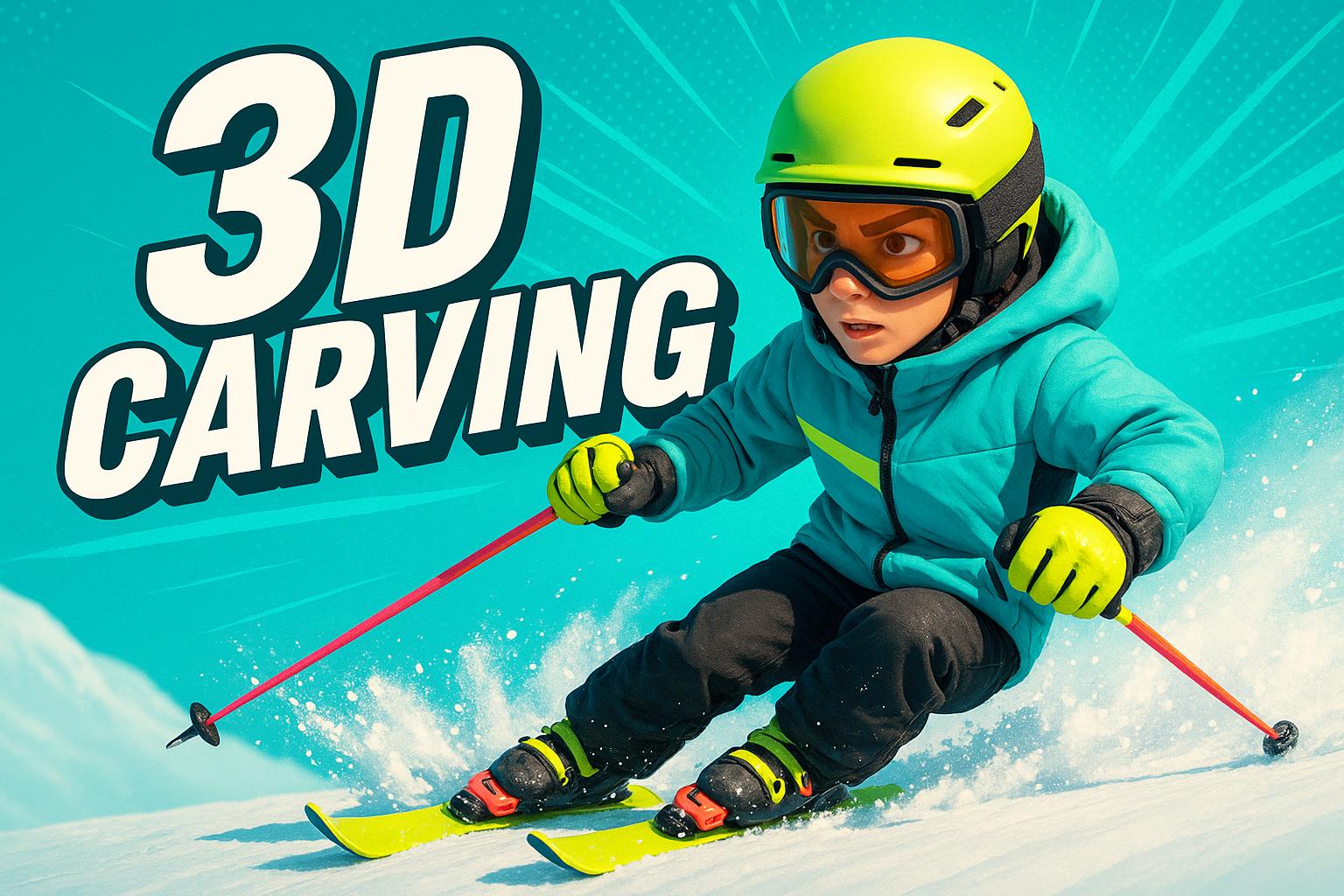

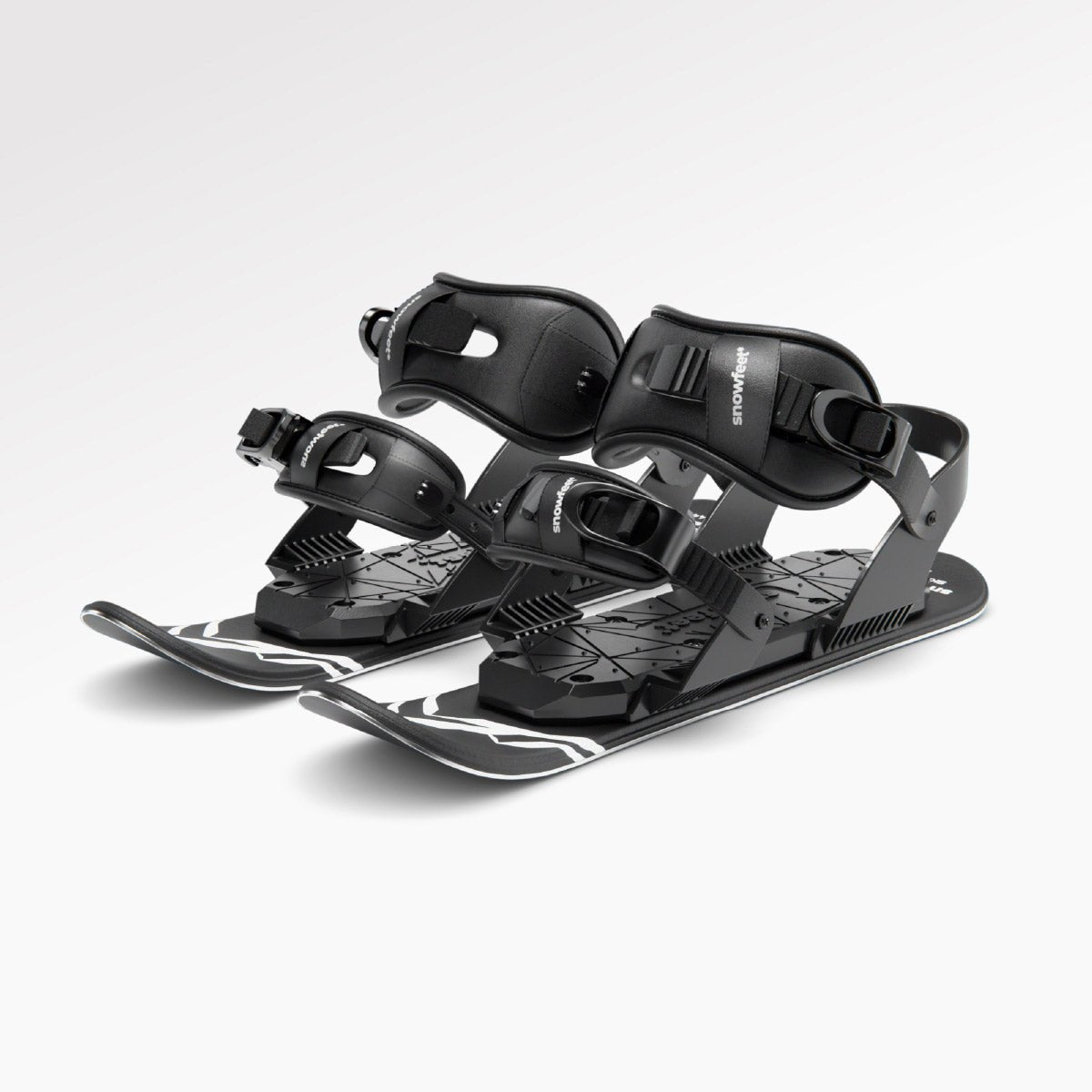
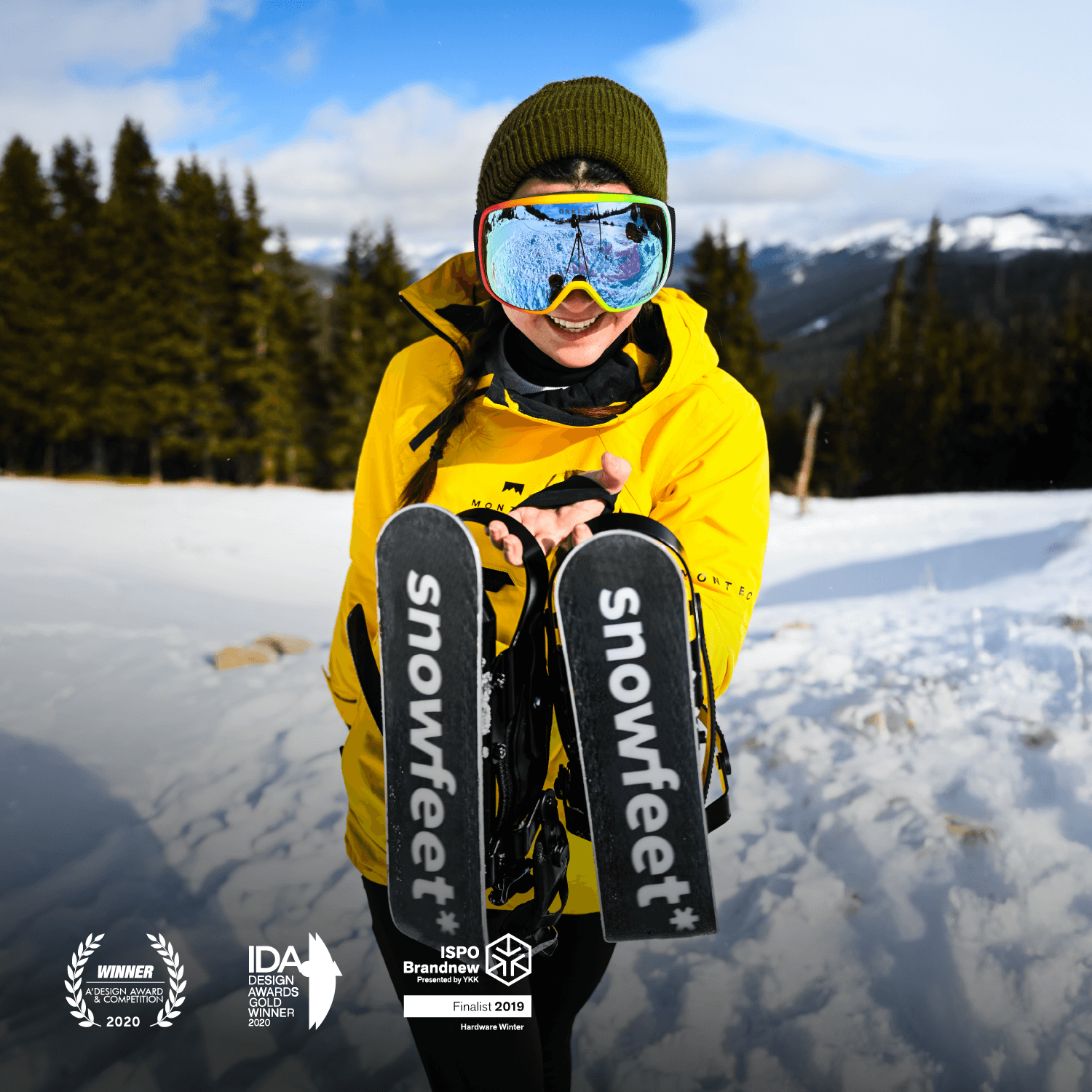
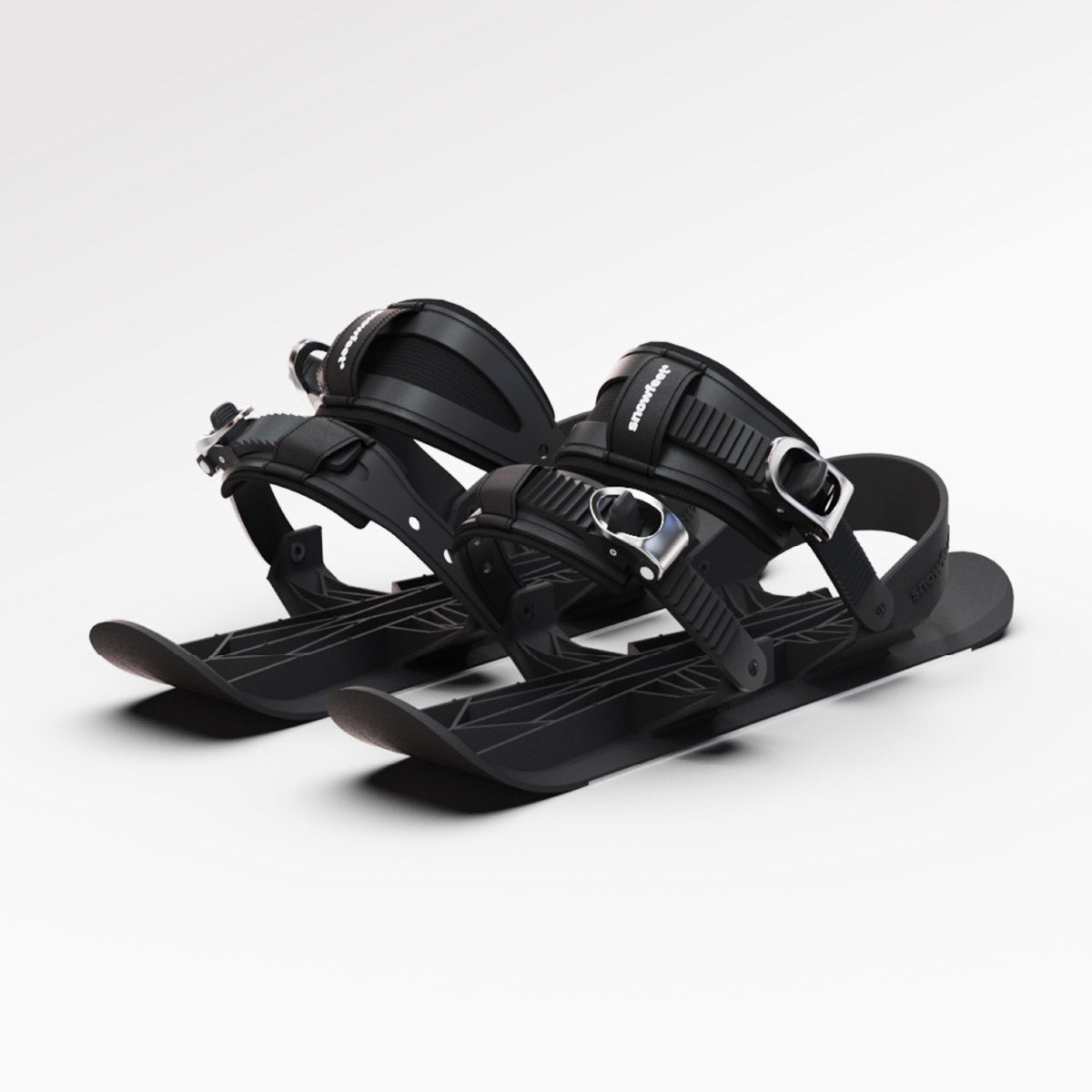

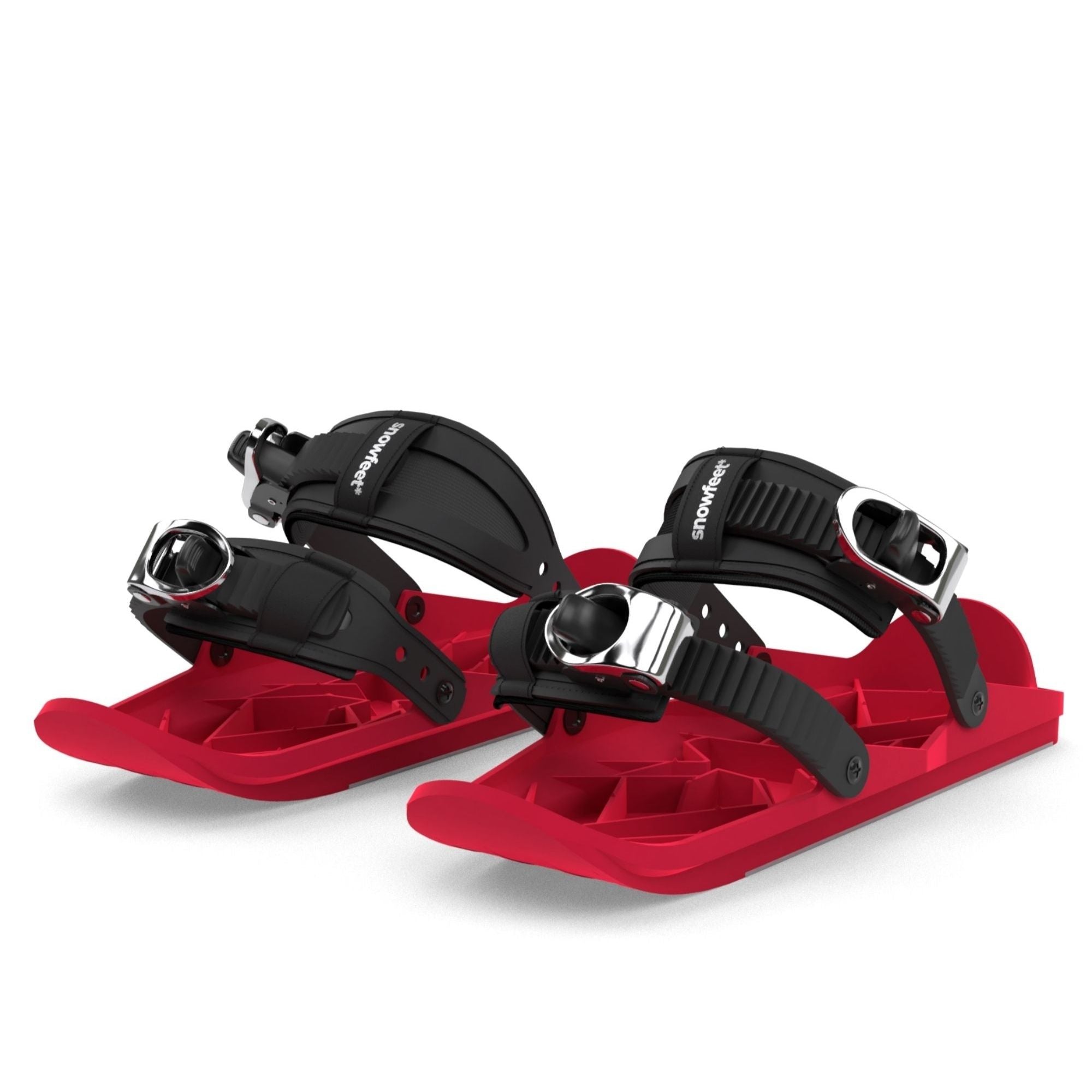
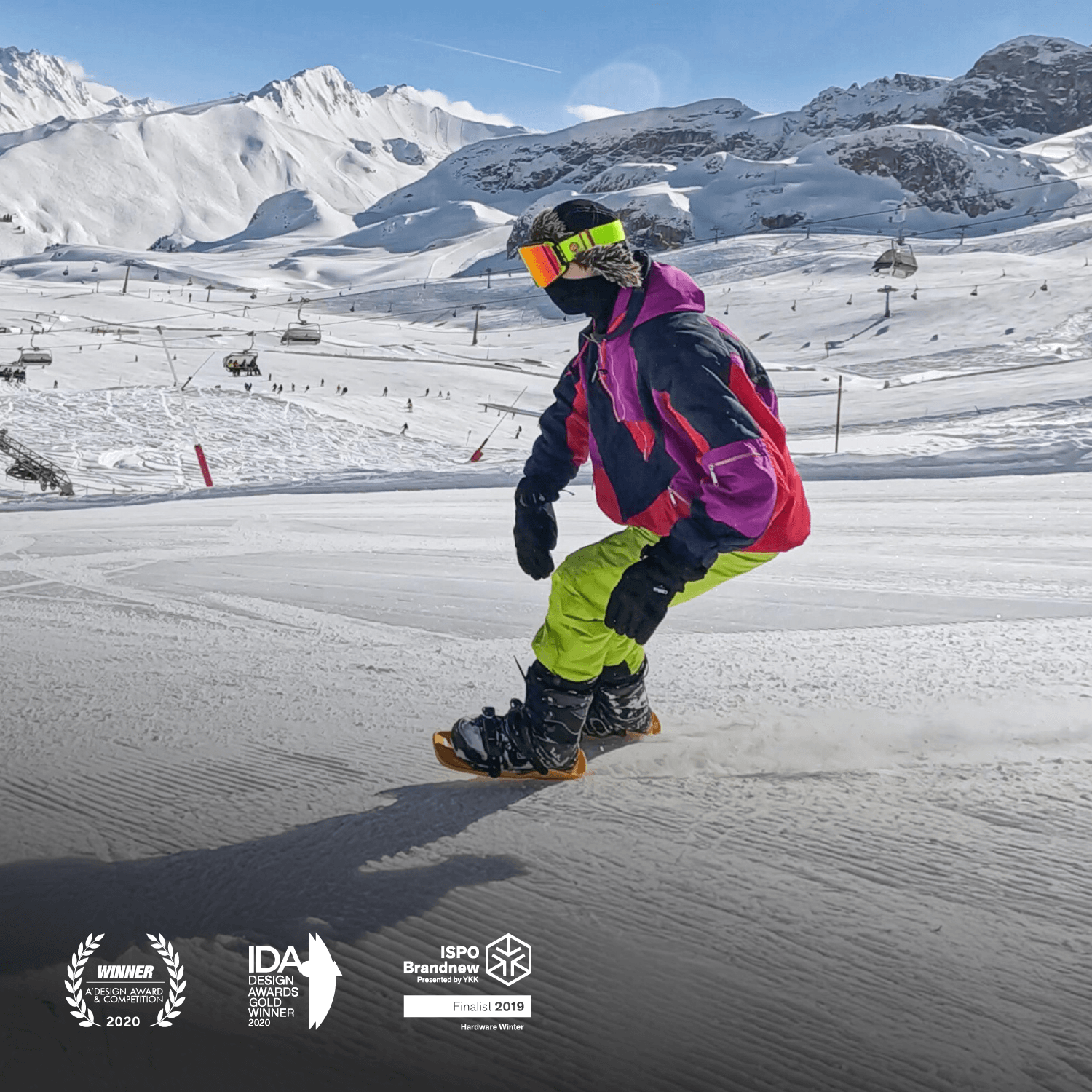


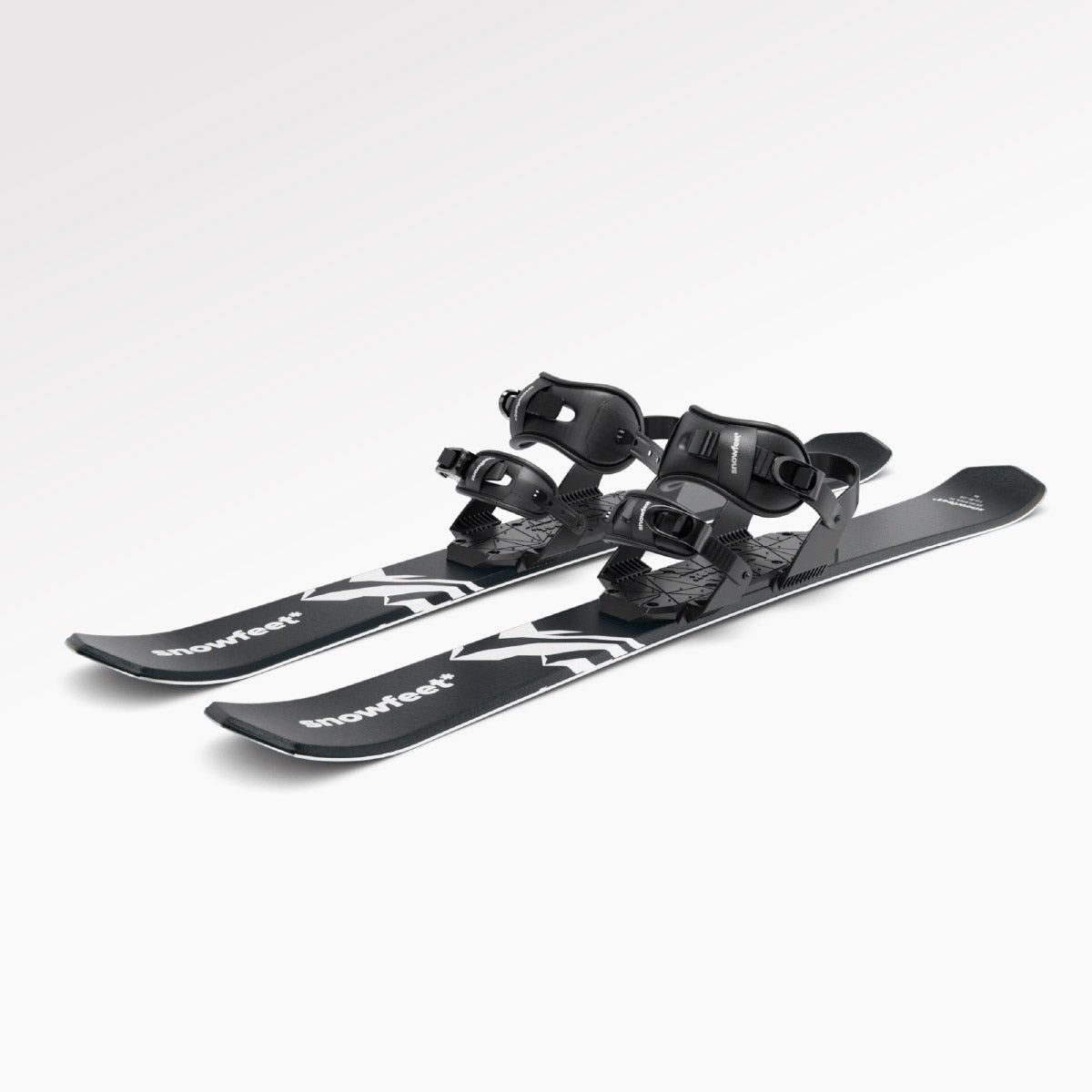
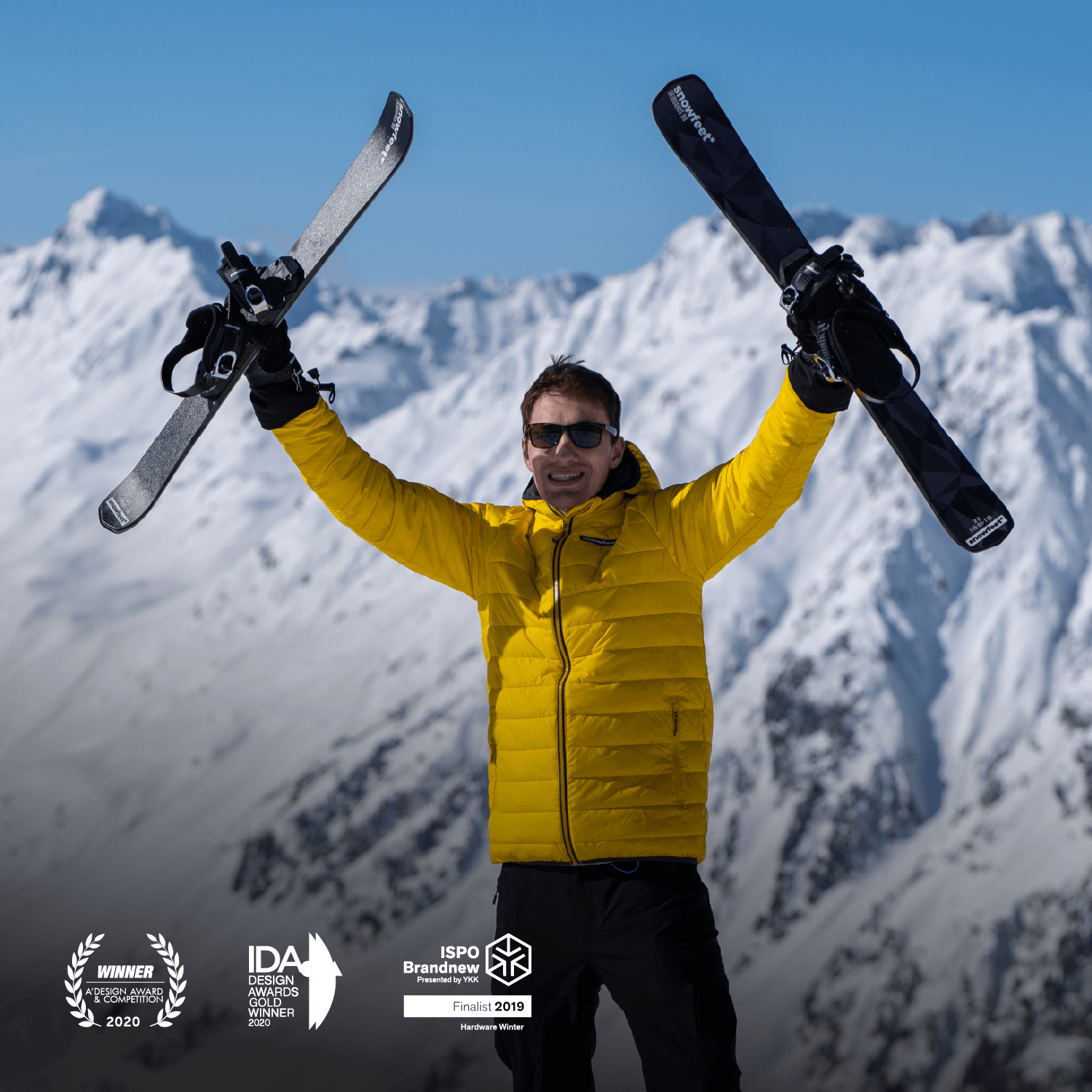
Lascia un commento
Questo sito è protetto da hCaptcha e applica le Norme sulla privacy e i Termini di servizio di hCaptcha.